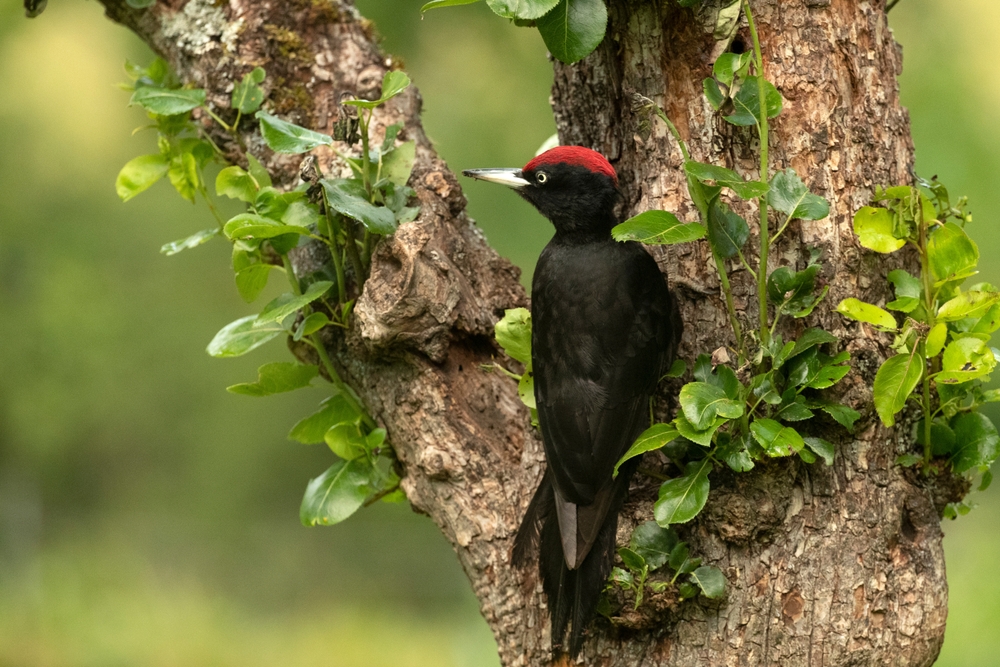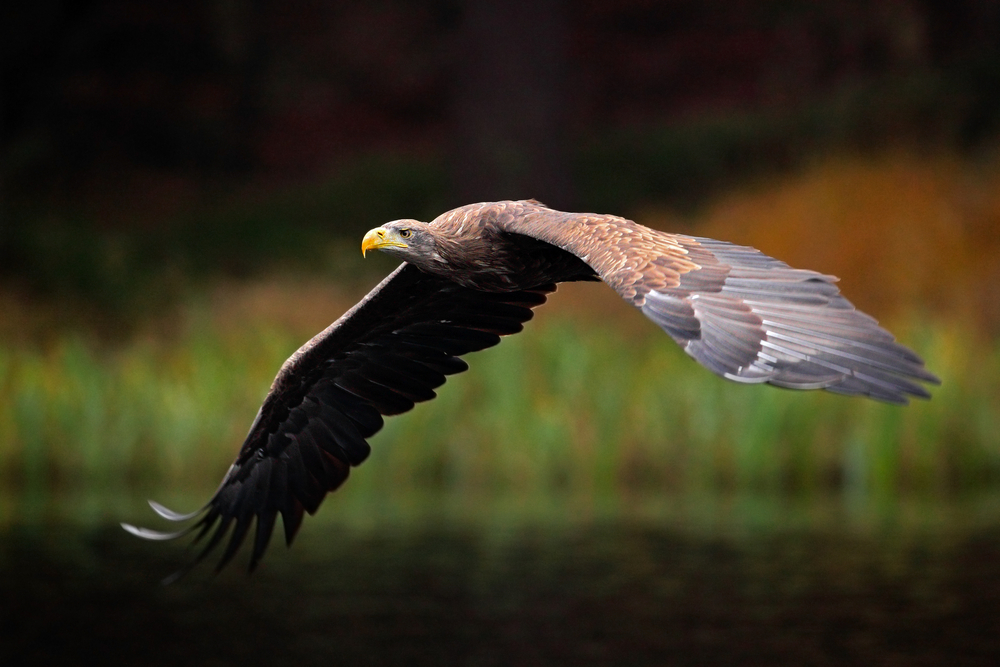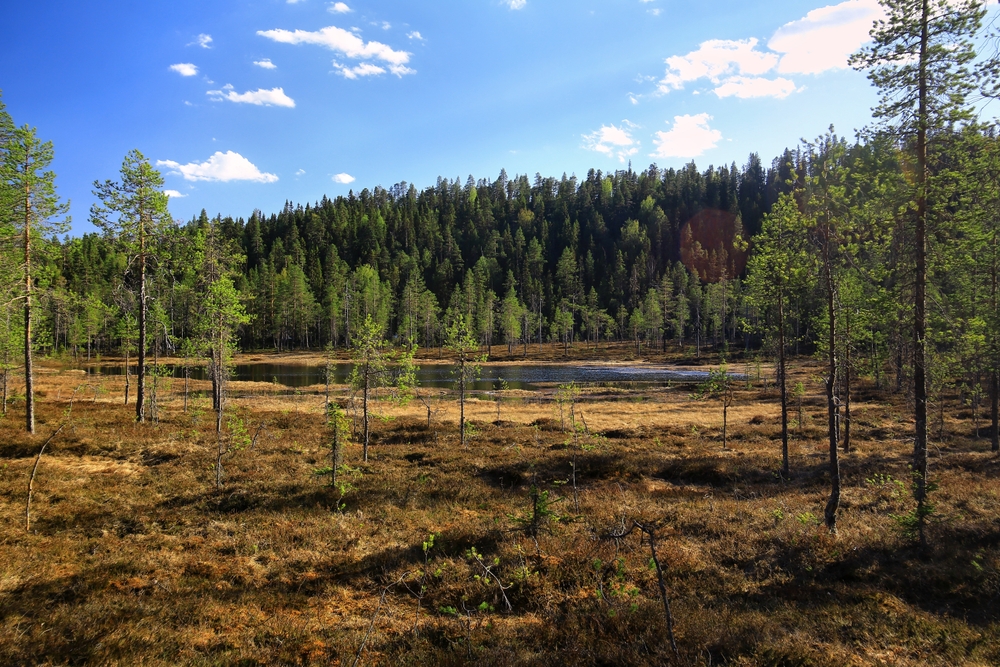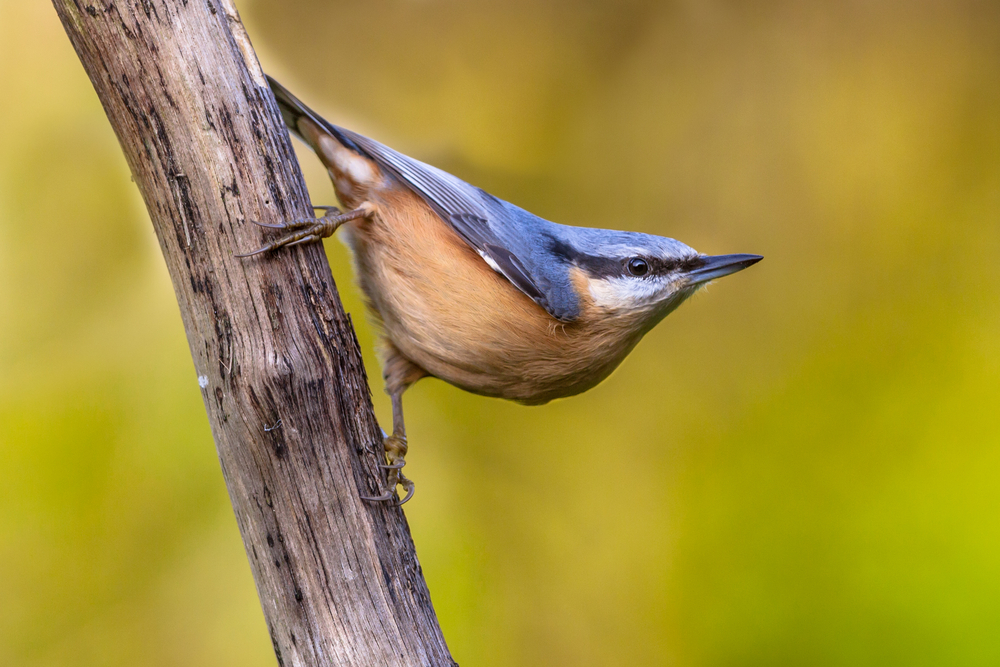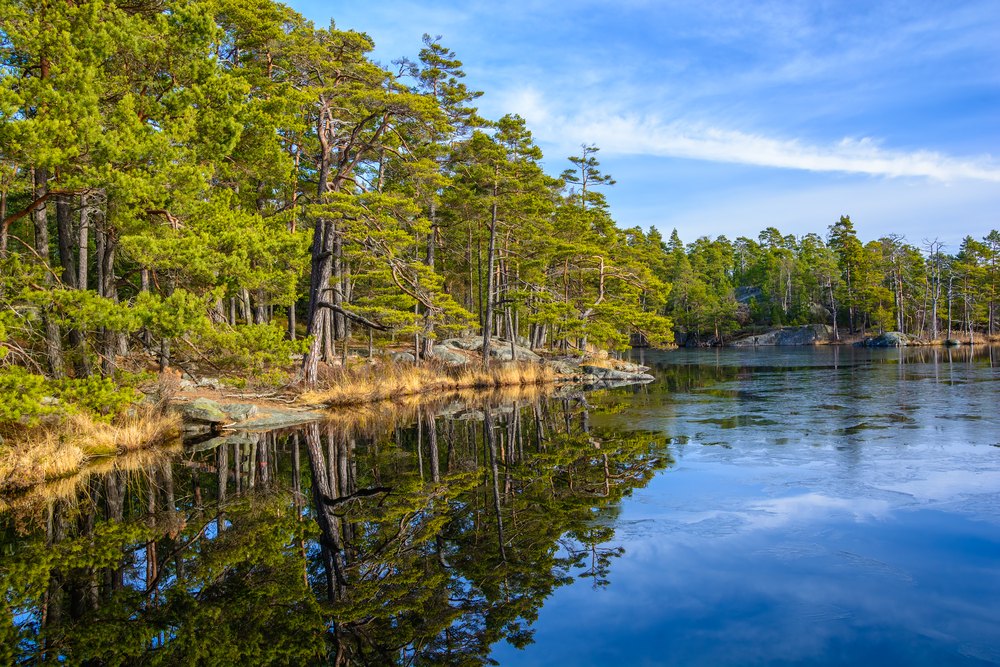Garphyttan Overview
Garphyttan National Park, or Garphyttans Nationalpark in Swedish, is one of Sweden’s oldest national parks, established in 1909. Located in Örebro County in central Sweden, the park spans approximately 0.45 square miles (1.1 square kilometers), making it one of the smaller national parks in the country.
Despite its modest size, Garphyttan National Park is rich in biodiversity and historical significance, offering visitors a glimpse into Sweden’s natural and cultural heritage. The park is situated within the Kilsbergen mountain range, a rugged and scenic area known for its dense forests, rolling meadows, and rocky outcrops. The terrain consists of undulating hills and small valleys, with open fields that were once used for traditional Swedish agriculture.
These meadows are now carefully maintained to preserve their unique floral diversity. The landscape transitions from mixed deciduous forests to coniferous woodlands, providing habitat for a wide range of plant and animal species. During spring and summer, the meadows burst into vibrant colors as wildflowers such as wood anemones, cowslips, and orchids bloom in abundance. Ancient oaks and spruces dominate the wooded areas, creating a picturesque setting that changes with the seasons.
Garphyttan National Park is home to a variety of wildlife, with numerous bird species and mammals inhabiting the diverse landscape. Birdwatchers may encounter species such as the black woodpecker, common redstart, and Eurasian jay, which thrive in the park’s old-growth forests. The open meadows attract smaller songbirds, while birds of prey such as the Eurasian sparrowhawk and northern goshawk can sometimes be spotted soaring above the treetops.
Mammals in the park include roe deer, foxes, and hares, all of which can be seen foraging along the forest edges and meadows. Due to its relatively small size and location near human settlements, the park does not host large predators, but the surrounding Kilsbergen range is known for moose and lynx populations.
A key feature of Garphyttan National Park is its historical significance as a former cultivated landscape. The park preserves remnants of traditional Swedish farmland, where hay meadows and grazing pastures were once an essential part of rural life.
The preservation of these meadows requires ongoing management, including controlled grazing and mowing to maintain biodiversity. Visitors can experience the park through a network of well-marked hiking trails that pass through its varied landscapes. These trails offer opportunities for both short walks and longer treks, allowing visitors to immerse themselves in the serene natural surroundings.
In the spring and summer, wildflowers blanket the meadows, making it a popular destination for nature photography and botanical enthusiasts. In autumn, the park transforms into a tapestry of red, gold, and orange hues, offering a spectacular seasonal display.
Garphyttan National Park faces conservation challenges, including the encroachment of invasive species and changes in traditional land use. However, efforts to manage the meadows and forests through sustainable conservation practices have been largely successful.
The Swedish Environmental Protection Agency works to maintain the park’s ecological balance by controlling tree growth in open areas and protecting vulnerable species. The park’s small size makes it particularly sensitive to environmental changes, but careful management ensures that its landscapes remain a haven for wildlife and a beautiful destination for visitors.
With its rich biodiversity, historical landscapes, and peaceful hiking trails, Garphyttan National Park is a treasured part of Sweden’s natural heritage.








































































